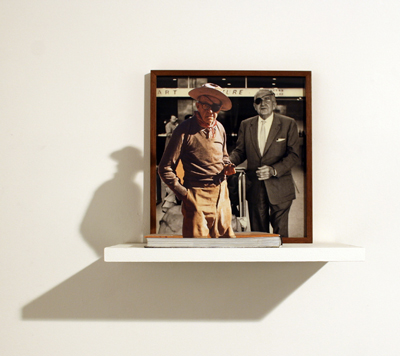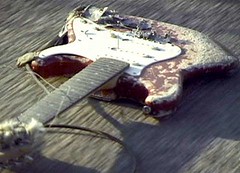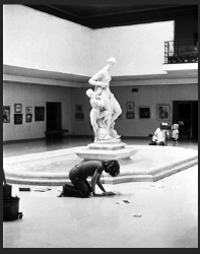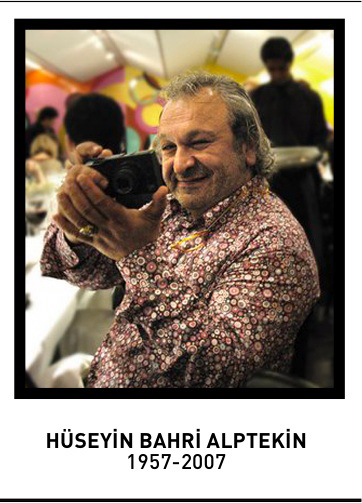...excepté peut-être une constellation
220 jours
11 rue Louise Weiss 75013 Paris, une exposition en deux parties, janvier - février

This is an ongoing show about how the space or place is moving around. A one-eyed-view that consequently has no depth is pictured twice. There is a nomadic, ambulant video that was previously shown at La promesse de l’écran. You can’t cross out or deface this space here anymore, you are only able to make it absent or pristine. There is an impression of the globe on the floor. If this writing sounds hidden or arcane, so is this exhibition that will last 220 days. It is kind of mapping of what we don’t-know (together), but by showing how the place or space moves it prompts us to see that we already-know, what we sense we don’t (know). It’s like there is very little understanding but perception is fast. see http://www.220jours.blogspot.com
Geoff Lowe
image Aurélien Froment Pour en Finir Avec la Profondeur de Champ 2008
11 rue Louise Weiss 75013 Paris, une exposition en deux parties, janvier - février

This is an ongoing show about how the space or place is moving around. A one-eyed-view that consequently has no depth is pictured twice. There is a nomadic, ambulant video that was previously shown at La promesse de l’écran. You can’t cross out or deface this space here anymore, you are only able to make it absent or pristine. There is an impression of the globe on the floor. If this writing sounds hidden or arcane, so is this exhibition that will last 220 days. It is kind of mapping of what we don’t-know (together), but by showing how the place or space moves it prompts us to see that we already-know, what we sense we don’t (know). It’s like there is very little understanding but perception is fast. see http://www.220jours.blogspot.com
Geoff Lowe
image Aurélien Froment Pour en Finir Avec la Profondeur de Champ 2008



